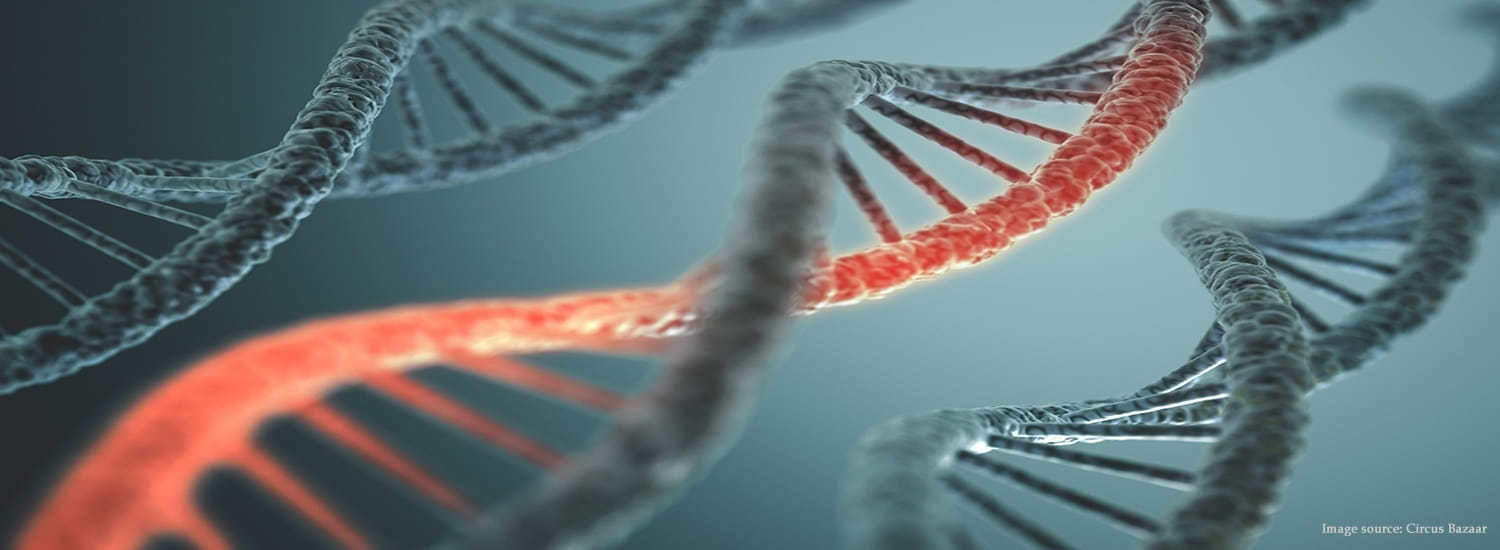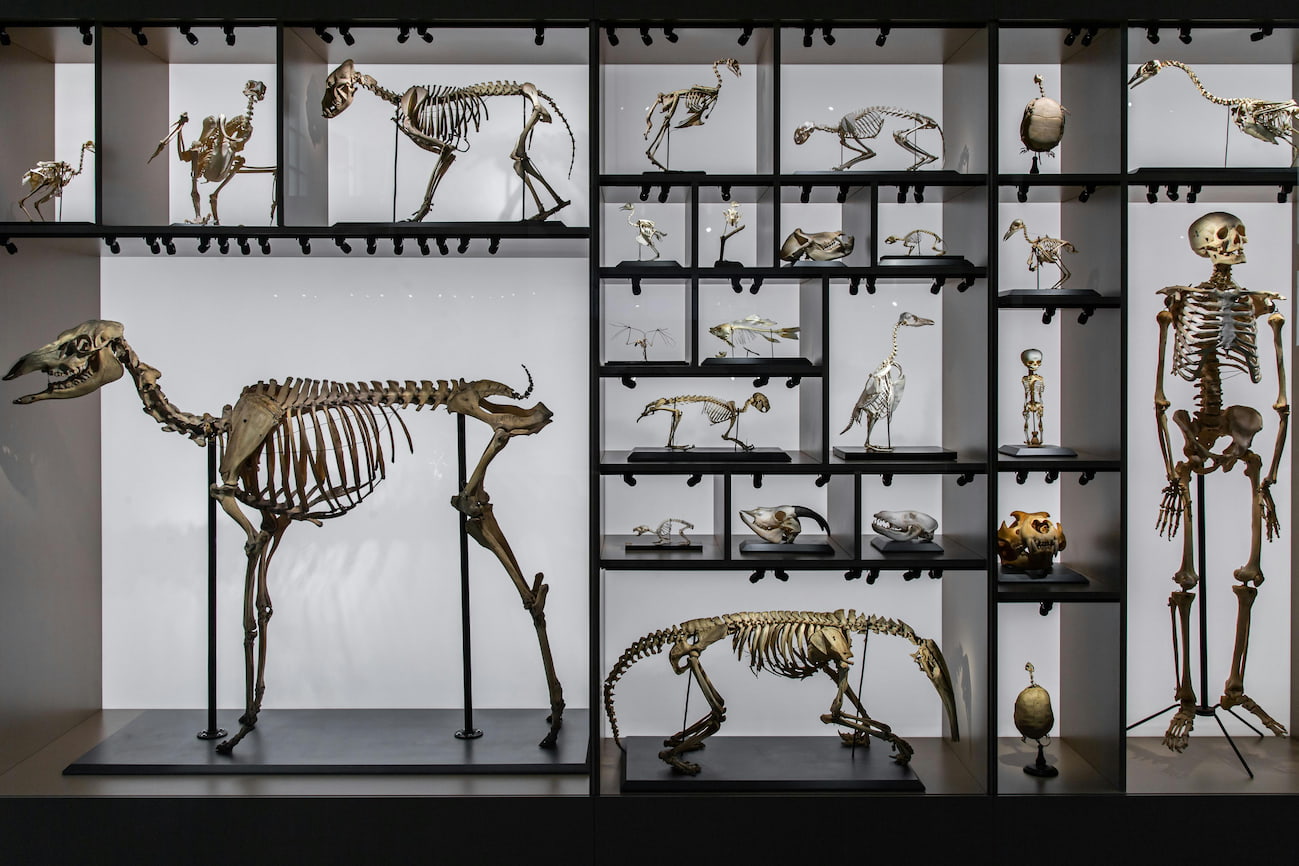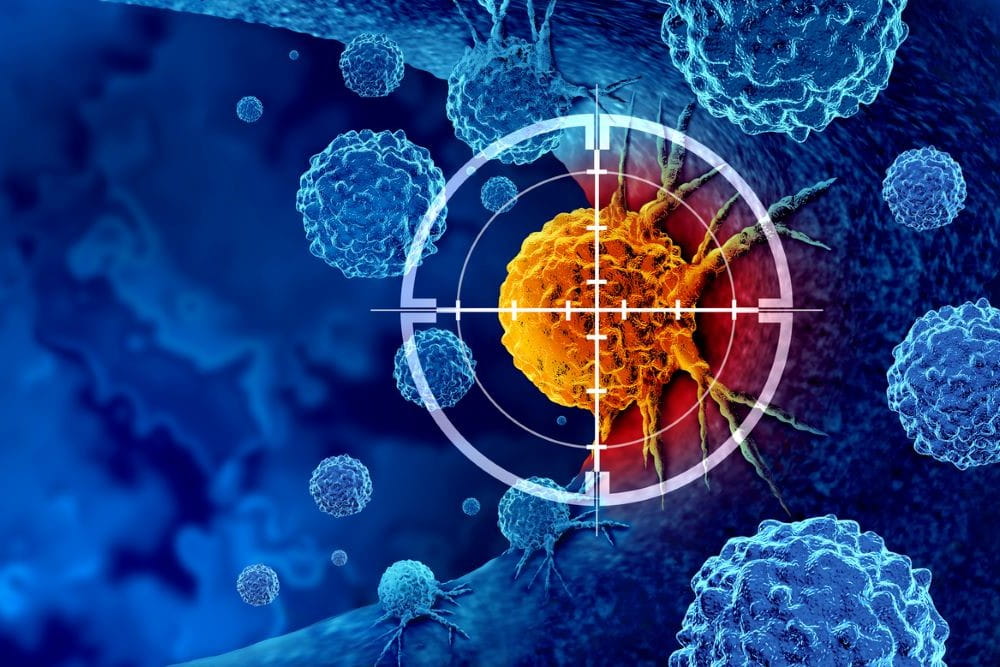Using computer science methods to interpret DNA sequences to understand the development, function, growth, and reproduction of organisms.



Using computer science methods to interpret DNA sequences to understand the development, function, growth, and reproduction of organisms.

Compare species differences, explore life's origins, speculate on evolution, and understand the causes of genetic diseases.

Clinical decisions for disease prevention, diagnosis, and treatment based on a patient's DNA characteristics.
DNA sequence data can be obtained from hospitals, companies, and online public databases.
Sequencing machines detect and record DNA for analysis, but their capabilities are limited.
copy sample
error rate
fragments
data size

Imagine tearing 30 identical photos into 9 million pieces, with 0.25% damage, and trying to piece them together.
Find similar parts among multiple pictures, sort out important blocks
Solve this complex problem through collaboration.

We study infectious diseases using NGS/TGS and develop algorithms/software with publications in leading journals including Genome Research, Genome Biology, and Bioinformatics.

Lab dinner gathering.

Plan for lab leisure activities.

Group photo with professor and alumni.

Dinner together and board games.

Lab gathering for graduation dinner.

Lab group workout.

Attend a seminar

Alumni Dinner

Experienced the thrill of kart racing.

Graduation gathering enjoying Minxiong’s famous goose dishes.

Post-workout dinner gathering.

Two teams competed to wrap up weekly training.

Visited Guanyin Waterfall.

Formed the "Bu Yao Ting" team to join the road run.
Explore peer-reviewed journals focusing on bioinformatics and computational biology.
Watch tutorials on bioinformatics resources to learn fundamental skills from YouTube.
The laboratory's recent programs focused on research and development can be viewed on GitHub
Download bioinformatics test data, previously reviewed and publicly available.